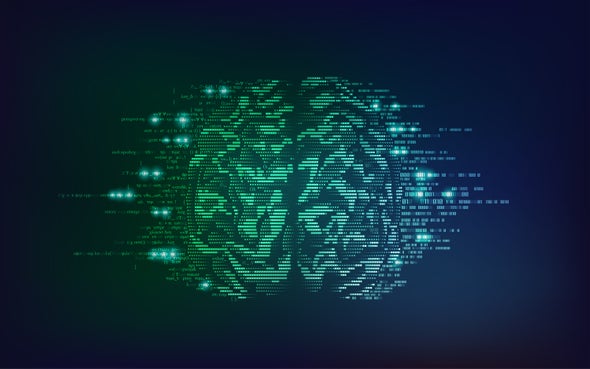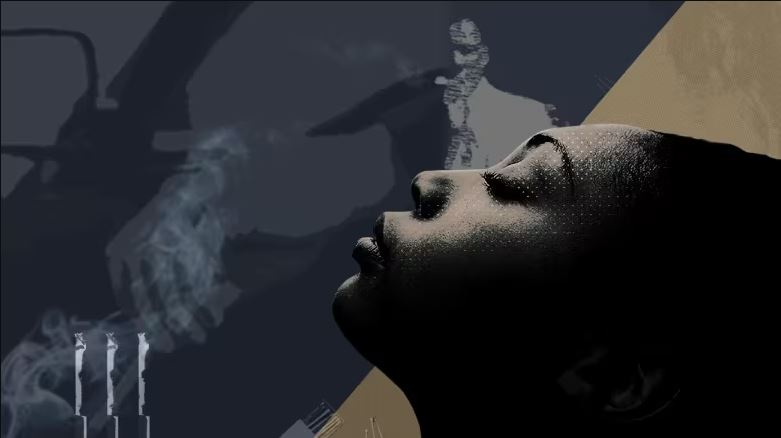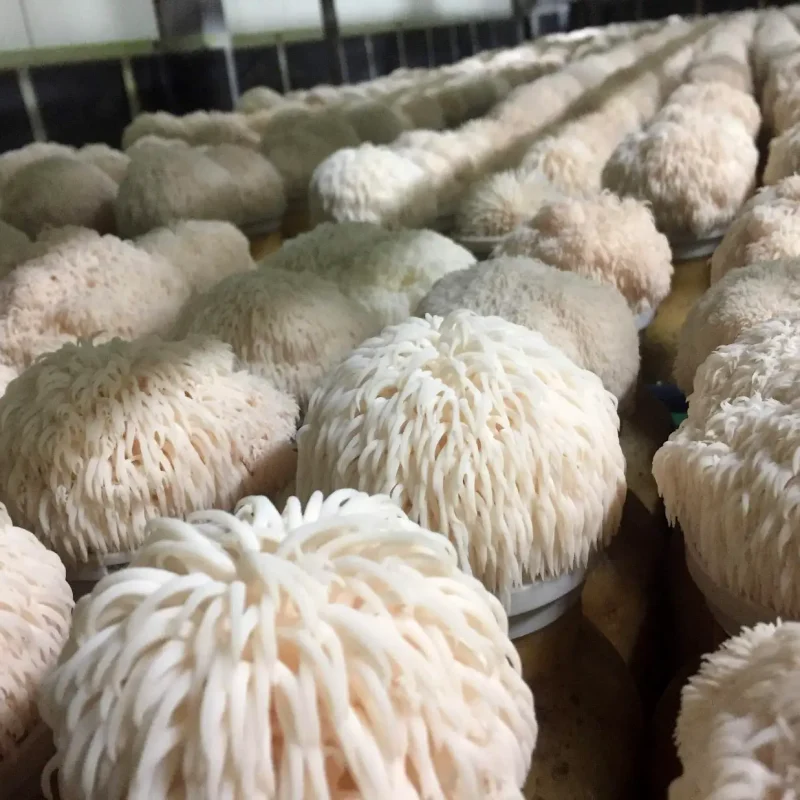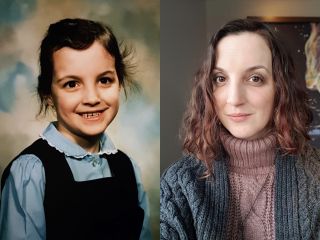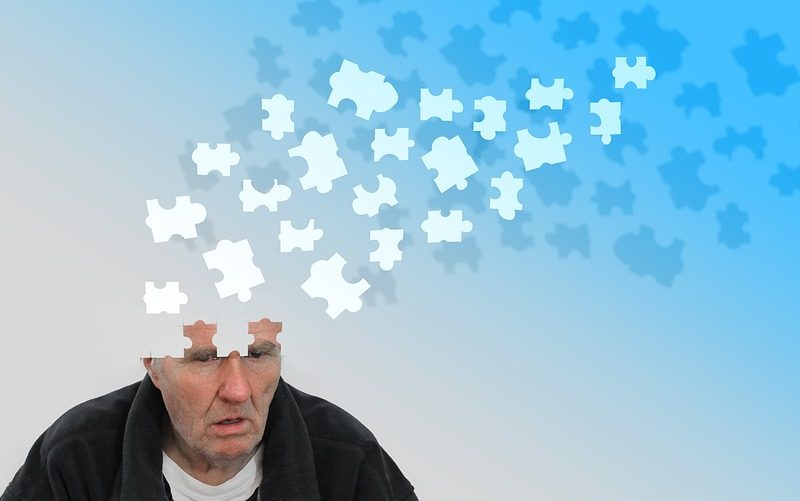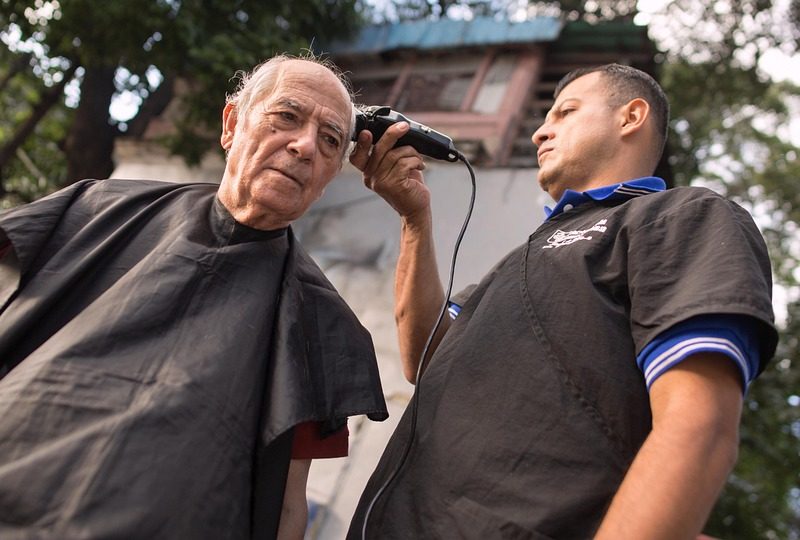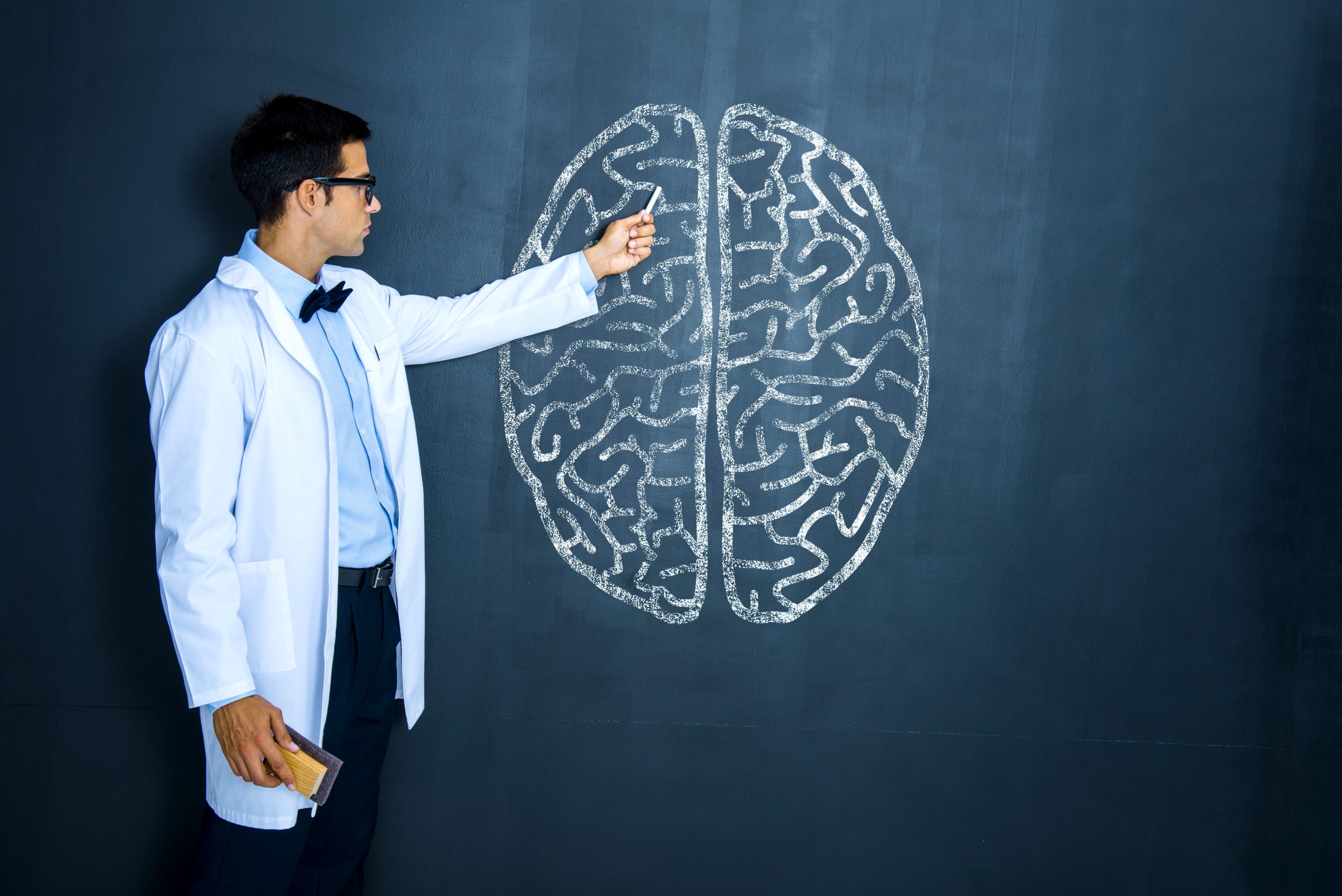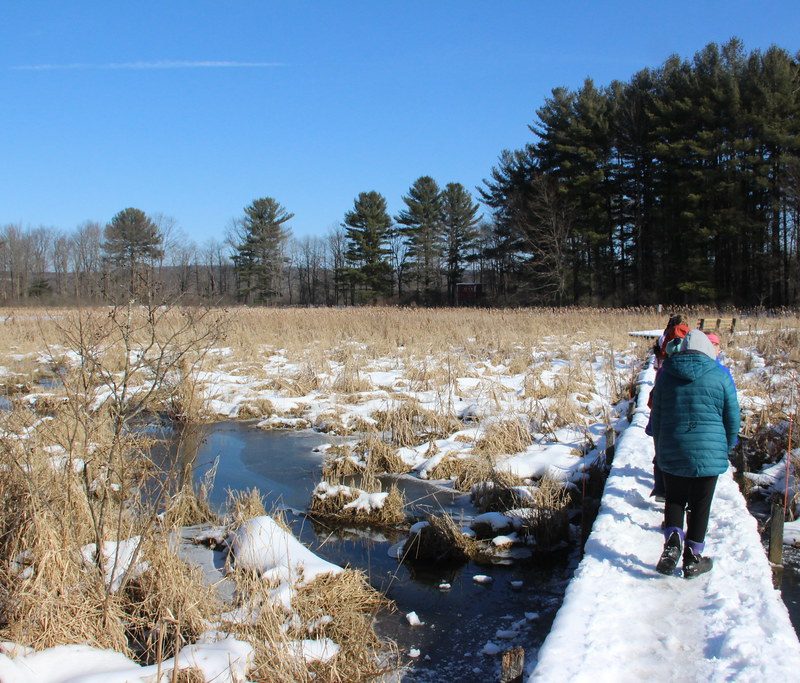We learn from our personal interaction with the world, and our memories of those experiences help guide our behaviors. Experience and memory are inexorably linked, or at least they seemed to be before a recent reporton the formation of completely artificial memories. Using laboratory animals, investigators reverse engineered a specific natural memory by mapped the brain circuits underlying its formation. They then “trained” another animal by stimulating brain cells in the pattern of the natural memory. Doing so created an artificial memory that was retained and recalled in a manner indistinguishable from a natural one.
Memories are essential to the sense of identity that emerges from the narrative of personal experience. This study is remarkable because it demonstrates that by manipulating specific circuits in the brain, memories can be separated from that narrative and formed in the complete absence of real experience. The work shows that brain circuits that normally respond to specific experiences can be artificially stimulated and linked together in an artificial memory. That memory can be elicited by the appropriate sensory cues in the real environment. The research provides some fundamental understanding of how memories are formed in the brain and is part of a burgeoning science of memory manipulation that includes the transfer, prosthetic enhancement and erasure of memory. These efforts could have a tremendous impact on a wide range of individuals, from those struggling with memory impairments to those enduring traumatic memories, and they also have broad social and ethical implications.
In the recent study, the natural memory was formed by training mice to associate a specific odor (cherry blossoms) with a foot shock, which they learned to avoid by passing down a rectangular test chamber to another end that was infused with a different odor (caraway). The caraway scent came from a chemical called carvone, while the cherry blossom scent came from another chemical, acetophenone. The researchers found that acetophenone activates a specific type of receptor on a discrete type of olfactory sensory nerve cell.
They then turned to a sophisticated technique, optogenetics, to activate those olfactory nerve cells. With optogenetics, light-sensitive proteins are used to stimulate specific neurons in response to light delivered to the brain through surgically implanted optic fibers. In their first experiments, the researchers used transgenic animals that only made the protein in acetophenone-sensitive olfactory nerves. By pairing the electrical foot shock with optogenetic light stimulation of the acetophenone-sensitive olfactory nerves, the researchers taught the animals to associate the shock with activity of these specific acetophenone-sensitive sensory nerves. By pairing the electrical foot shock with optogenetic light stimulation of the acetophenone-sensitive olfactory nerves, the researchers taught the animals to associate the two. When they later tested the mice, they avoided the cherry blossom odor.
These first steps showed that the animals did not need to actually experience the odor to remember a connection between that smell and a noxious foot shock. But this was not a completely artificial memory, because the shock was still quite real. In order to construct an entirely artificial memory, the scientists needed to stimulate the brain in such a way as to mimic the nerve activity caused by the foot shock as well.
Earlier studies had shown that specific nerve pathways leading to a structure known as the ventral tegmental area (VTA) were important for the aversive nature of the foot shock. To create a truly artificial memory, the researchers needed to stimulate the VTA in the same way as they stimulated the olfactory sensory nerves, but the transgenic animals only made the light-sensitive proteins in those nerves. In order to use optogenetic stimulation, they stimulated the olfactory nerves in the same genetically engineered mice , and they employed a virus to place light-sensitive proteins in the VTA as well. They stimulated the olfactory receptors with light to simulate the odor of cherry blossoms, then stimulated the VTA to mimic the aversive foot shock. The animals recalled the artificial memory, responding to an odor they had never encountered by avoiding a shock they had never received.
For a long time, it has been a mystery how memories are formed in the brain—and what physical changes in the brain accompany their formation. In this study, the electrical stimulation of specific brain regions that led to a new memory also activated other brain regions known to be involved in memory formation, including an area called the basolateral amygdala. Because nerve cells communicate with one another through junctions called synapses, it has been assumed that changes in synaptic activity account for the formation of memories. In simple animals, such as the sea slug Aplysia, memories can be transferred from one individual to another using RNA extracted from the one who experienced them. The RNA contains the codes for proteins made in the nerves of the animal associated with the memory. Memories have been partially transferred in rodents by using recordings of electrical activity of a trained animal’s memory center (the hippocampus) to stimulate similar patterns of nerve activity in a recipient animal. This process is similar to the new report described here, in that stimulating the electrical activity of specific neural circuits is used to elicit a memory. In the case of memory transfer, that pattern came from trained animals, whereas in the optogenetics study, the pattern of electrical activity associated with the memory was built de novo within brain of the mouse. This is the first report of a completely artificial memory, and it helps establish some fundamental understanding of how memories may be manipulated.
Research into memory and efforts to manipulate it have progressed at a rapid pace. A “memory prosthetic” designed to enhance its formation and recall by electrical stimulation of the memory center in the human brain has been developed with support from the Defense Advanced Research Projects Agency (DARPA). In contrast, memory erasure using what has been nicknamed the Eternal Sunshine drug (zeta inhibitory peptide, or ZIP)—after Eternal Sunshine of the Spotless Mind, a Hollywood movie with a mnemonic theme—is being developed to treat recollections of chronic pain.
There are legitimate motives underlying these efforts. Memory has been called “the scribe of the soul,” and it is the source of one’s personal history. Some people may seek to recover lost or partially lost memories. Others, such as those afflicted with post-traumatic stress disorder or chronic pain, might seek relief from traumatic memories by trying to erase them.
The methods used here to create artificial memories will not be employed in humans anytime soon: none of us are transgenic like the animals used in the experiment, nor are we likely to accept multiple implanted fiber-optic cables and viral injections. Nevertheless, as technologies and strategies evolve, the possibility of manipulating human memories becomes all the more real. And the involvement of military agencies such as DARPA invariably renders the motivations behind these efforts suspect. Are there things we all need to be afraid of or that we must or must not do? The dystopian possibilities are obvious.
Creating artificial memories brings us closer to learning how memories form and could ultimately help us understand and treat dreadful diseases such as Alzheimer’s. Memories, however, cut to the core of our humanity, and we need to be vigilant that any manipulations are approached ethically.
Source: A Successful Artificial Memory Has Been Created – Scientific American

